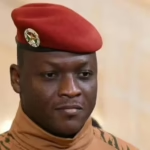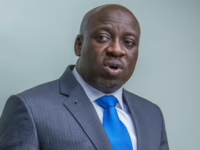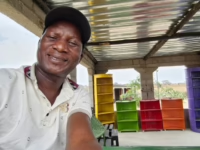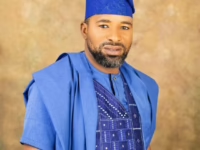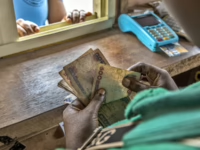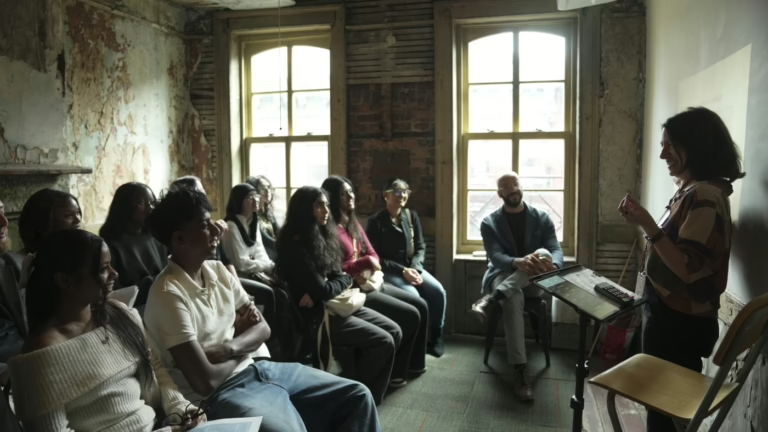Kat Lloyd engages with students during a presentation inside New York City’s Tenement Museum.
Keren Carrion/NPR
hide caption
toggle caption
Keren Carrion/NPR
In the shadowy stairwell of a weathered tenement in New York City, Kat Lloyd stands before a group of curious teenagers visiting from a Queens high school. She invites them to envision the building’s 22 apartments as they were in 1863, bustling with German immigrant families.
“I picture babies crying and neighbors shouting across the hall,” Lloyd chuckles, sparking smiles among the students as some close their eyes to imagine the scene.
As the United States approaches its 250th anniversary, educators, parents, and policymakers are rethinking how American history is taught. While traditional lessons often highlight prominent leaders and foundational documents, this approach overlooks the diverse narratives that truly shape the nation’s past.
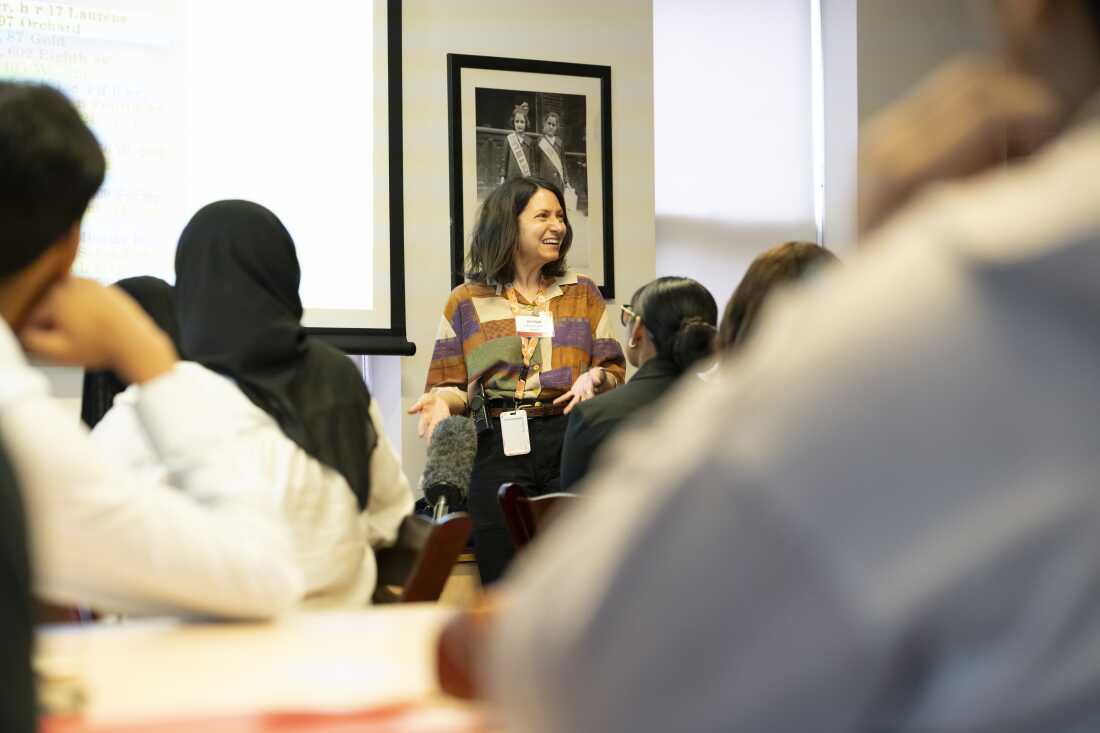 museum tour.” loading=”lazy”/>
museum tour.” loading=”lazy”/>
Lloyd leads a discussion with students prior to their guided exploration of the museum.
Keren Carrion/NPR
hide caption
toggle caption
Keren Carrion/NPR
As the Tenement Museum’s vice president of programs and interpretation, Lloyd champions a more intimate way of understanding history-through the everyday lives of ordinary people. The museum brings to life the stories of immigrant, migrant, and African American families who lived in New York City’s tenements from the 1860s to the 1980s by meticulously reconstructing their apartments.
“Please hold onto the banister,” Lloyd advises the students, highlighting her favorite feature of the museum. “It’s original from 1863, so every resident who ever lived here touched it.”

The Tenement Museum, situated in Manhattan’s Lower East Side, showcases the American journey by reconstructing homes of immigrant, migrant, and African American families.
Keren Carrion/NPR
hide caption
toggle caption
Keren Carrion/NPR
At the back of the group, Mike Agovino, the students’ history teacher, nods approvingly. “This museum makes history come alive,” he remarks. “You can see it, touch it, even smell it.” A Bronx native, Agovino recently participated in a summer workshop hosted by the museum for K-12 educators nationwide.
The students ascend to a room filled with artifacts once owned by an African American family from the 1860s. Among the items, sophomore Raeleah Heusner examines a miniature book containing speeches by Abraham Lincoln.
“I wonder if families commonly had something like this back then?” she asks.

Raeleah Heusner questions the significance of items once owned by teenager Parthenia Lawrence, such as a small book of Abraham Lincoln’s speeches.
Keren Carrion/NPR
hide caption
toggle caption
Keren Carrion/NPR
Lloyd explains that the book belonged to Parthenia Lawrence, a teenager of the same age as the students. “She was your peer,” Lloyd emphasizes.
Another sophomore, Aliyah Asrafally, reflects on how the museum personalizes history. “Parthenia wasn’t just a figure in a textbook; she was a real person, just like us.”
Author Clint Smith, accompanying the group and a contributor to the museum’s teacher training program, notes, “My own education focused on famous leaders-presidents, generals, kings. But this museum offers a different, vital perspective.”
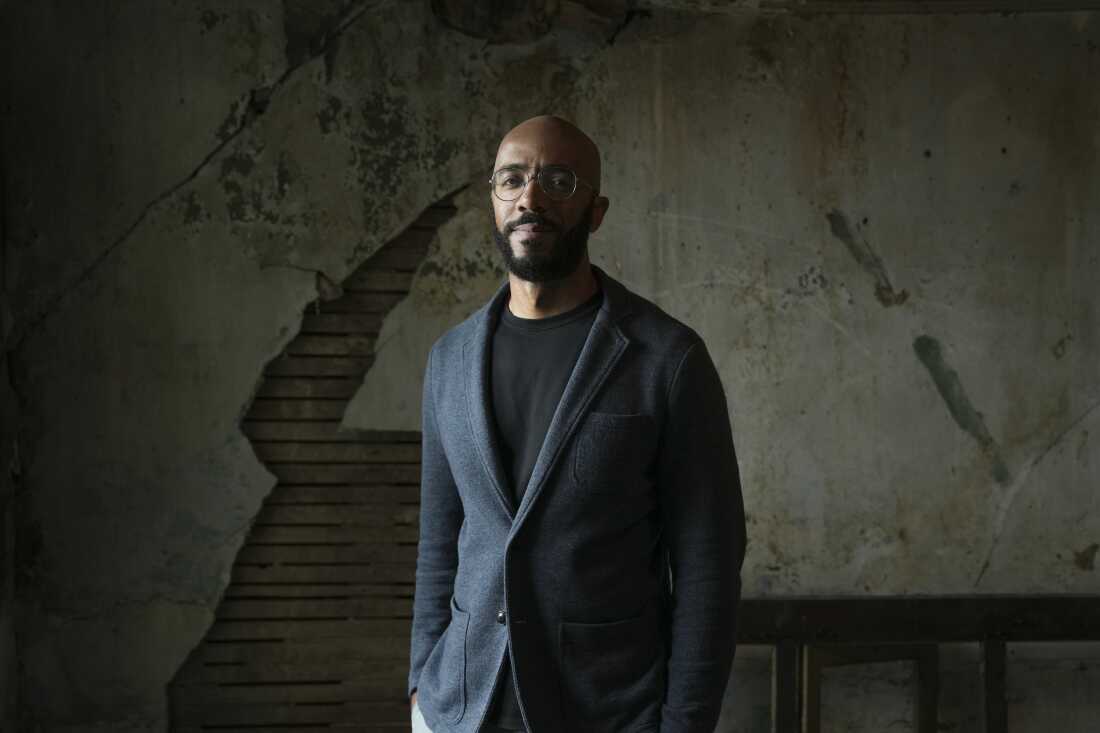
Clint Smith, author of How the Word is Passed, accompanies students during their visit to the Tenement Museum.
Keren Carrion/NPR
hide caption
toggle caption
Keren Carrion/NPR
Smith shares the museum’s powerful message: “Even if your role was as a laundress or a carriage driver in New York, your story is woven into the fabric of America.” His book, How the Word is Passed, which explores the enduring impact of slavery, has been adapted into a young adult edition that the students have been reading.
Upstairs, Lloyd leads the group into an apartment recreated to reflect the living conditions of two families shortly after the Civil War.
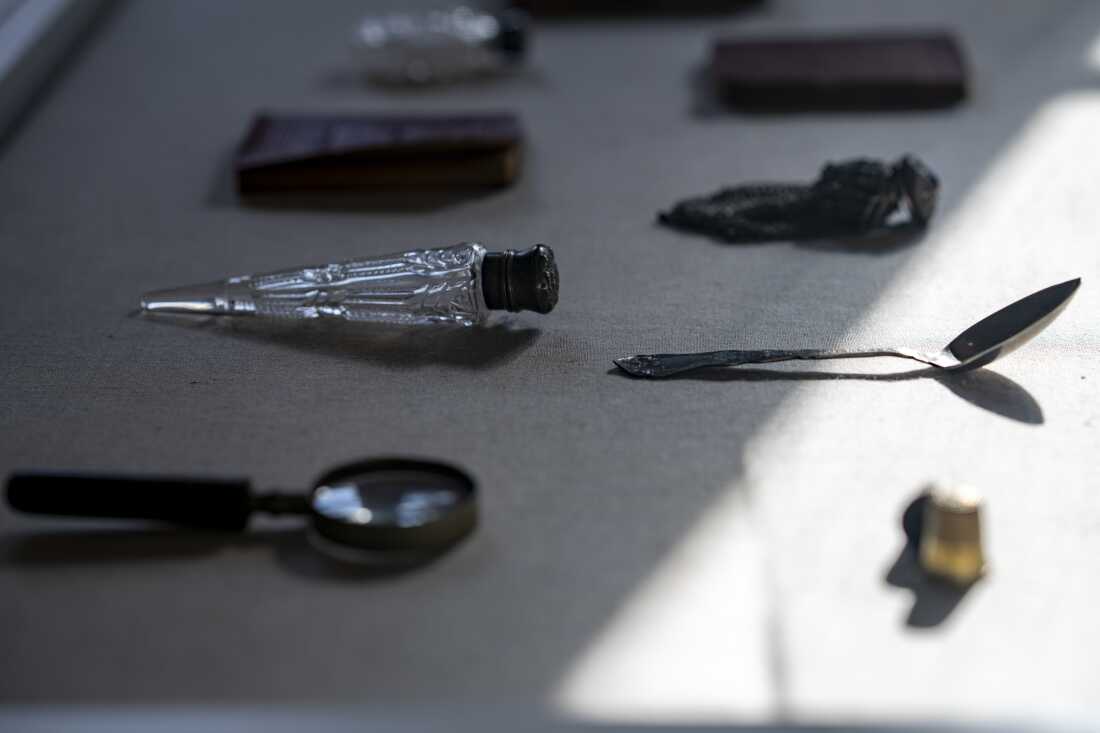
A display case exhibits personal items once owned by African American residents of New York City’s tenements, such as a spoon, magnifying glass, and a collection of Abraham Lincoln’s speeches.
Keren Carrion/NPR
hide caption
toggle caption
Keren Carrion/NPR
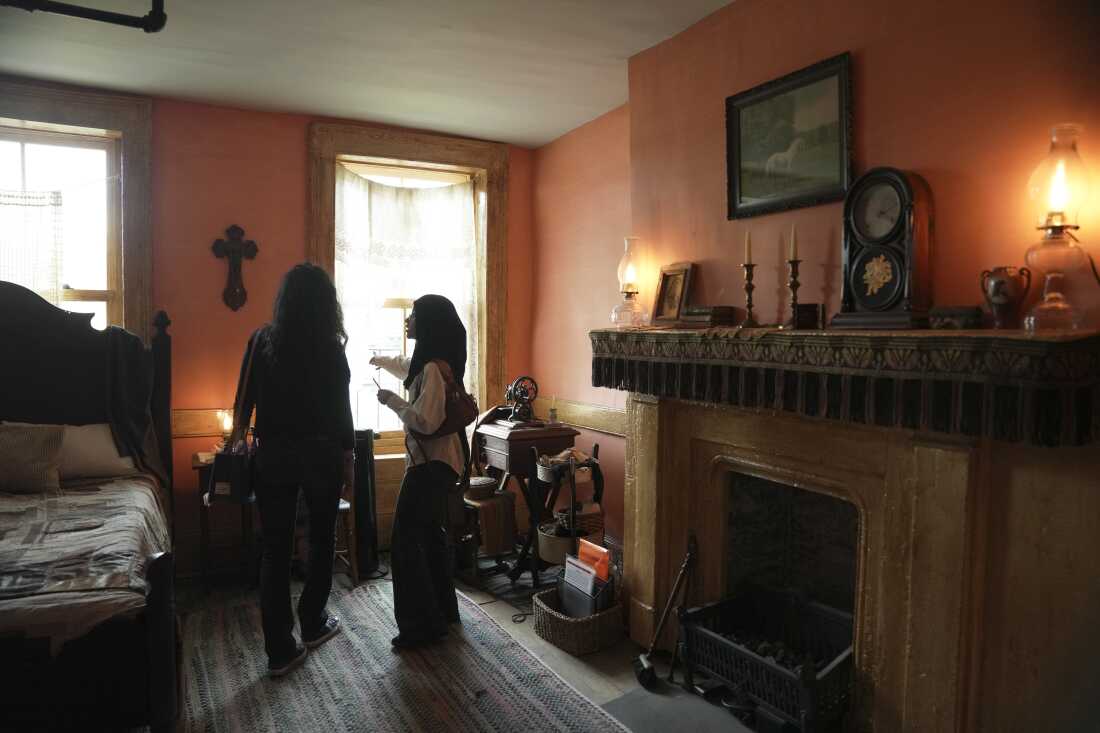
Students explore the recreated bedroom of Rachel and Joseph Moore at the Tenement Museum.
Keren Carrion/NPR
hide caption
toggle caption
Keren Carrion/NPR
“Rachel Moore was the first in her family born into freedom,” Lloyd shares. “Her husband Joseph was already working as a butcher by age 13.”
The Moores, along with Rachel’s daughter from a previous marriage, were African American. They shared their cramped two-room apartment with an Irish laundress and her teenage son, whose father was Black. Five people lived in one bedroom and a tiny kitchen.
In the kitchen, sophomore Catherine Brown spots a small whisk broom and a kerosene lantern.
“Back home in Jamaica, we use similar brooms and lamps,” Brown remarks. “It’s fascinating to see how these items have endured through generations.”
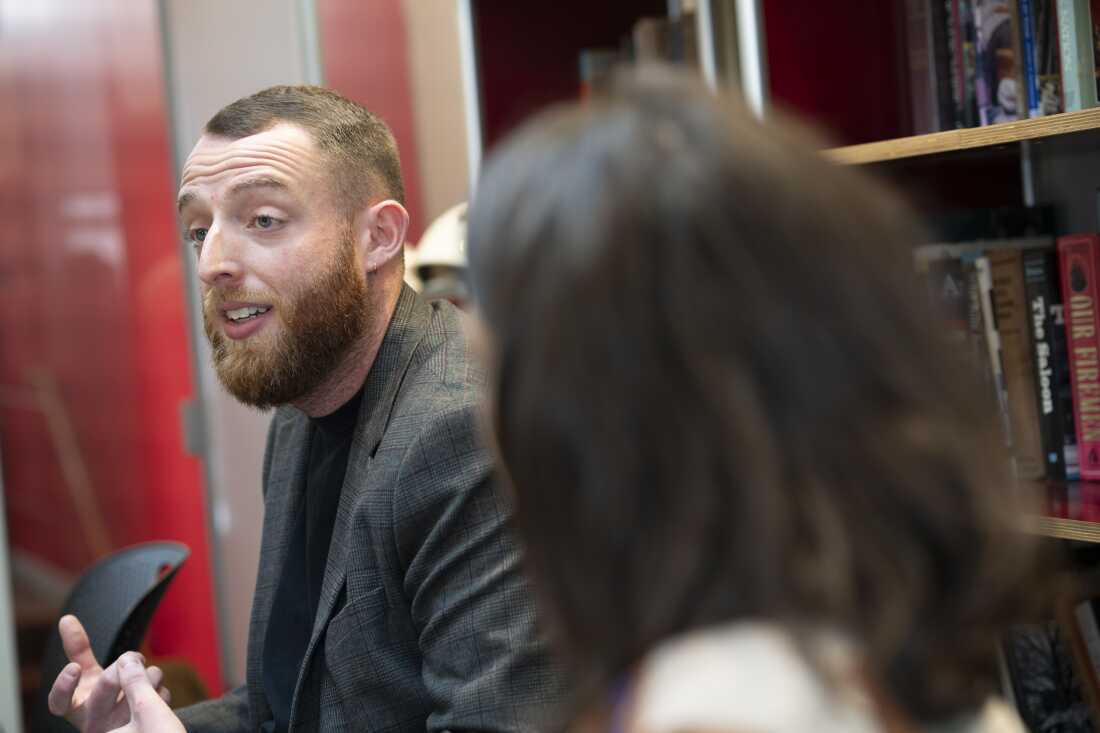
High school history teacher Mike Agovino participated in a summer training program at the Tenement Museum for K-12 educators from across the country.
Keren Carrion/NPR
hide caption
toggle caption
Keren Carrion/NPR
Agovino beams when students make connections like these. “It’s crucial for kids to see themselves reflected in history. Today, they were captivated by the artifacts, realizing, ‘This could be my story.'”
In the Moores’ kitchen, oysters sizzle on the stove-once a cheap and popular fast food. Above, laundry hangs to dry in the warmth. The tour openly addresses the families’ struggles with poverty and the discrimination they endured.
“The Moores married in 1864, just a year after the draft riots,” Lloyd explains. “You might recall those violent clashes in the city, largely driven by white Irish and German immigrants targeting Black communities.”
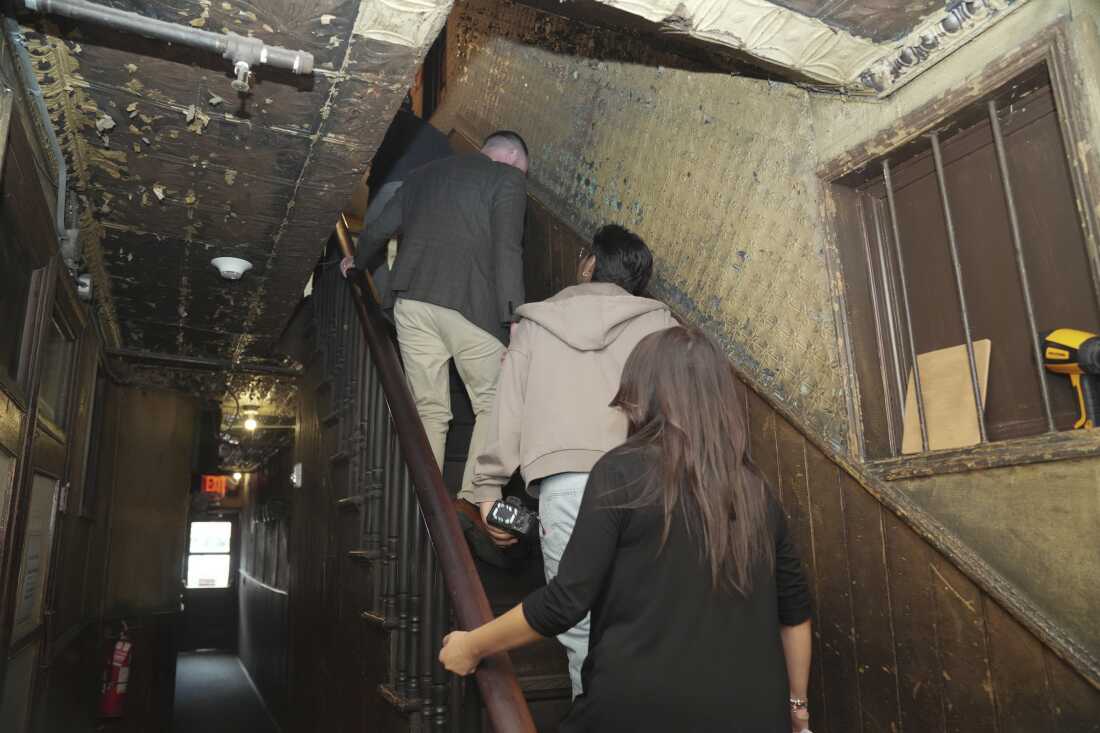
Students and educators climb the historic staircase at the Tenement Museum. Kat Lloyd encourages visitors to hold the original banister, which dates back to 1863.
Keren Carrion/NPR
hide caption
toggle caption
Keren Carrion/NPR
Smith believes this method of teaching history is not only enlightening for students but also an act of patriotism.
“True patriotism means critically examining your country, just as we do ourselves. We don’t see ourselves as flawless,” he reflects.
Yet, the museum balances these difficult realities with optimism. Lloyd recounts a parade near the Moores’ tenement celebrating the 15th Amendment, which granted Black men the right to vote. Families decorated American flags with hopeful slogans to wave during the festivities.
“Despite the many hardships, especially for minorities in New York City,” says Aliyah Asrafally, “there was also significant progress witnessed within their lifetimes.”

Aliyah Asrafally, a sophomore, poses a question in the Moore family’s recreated kitchen.
Keren Carrion/NPR
hide caption
toggle caption
Keren Carrion/NPR
Agovino strives to bring this nuanced perspective into his classroom. “As the grandson of immigrants, and with many immigrant students, I see the contradictions in our country. The Constitution promises so much, and while we haven’t fully realized those ideals, we are moving forward.”
Following the tour, the students engage in a brief Q&A with Smith before hurrying back to their bus. Lloyd bids them farewell with a hope:
“I want visitors to leave curious-eager to explore their own communities, family histories, and ultimately, the broader story of our nation.”



